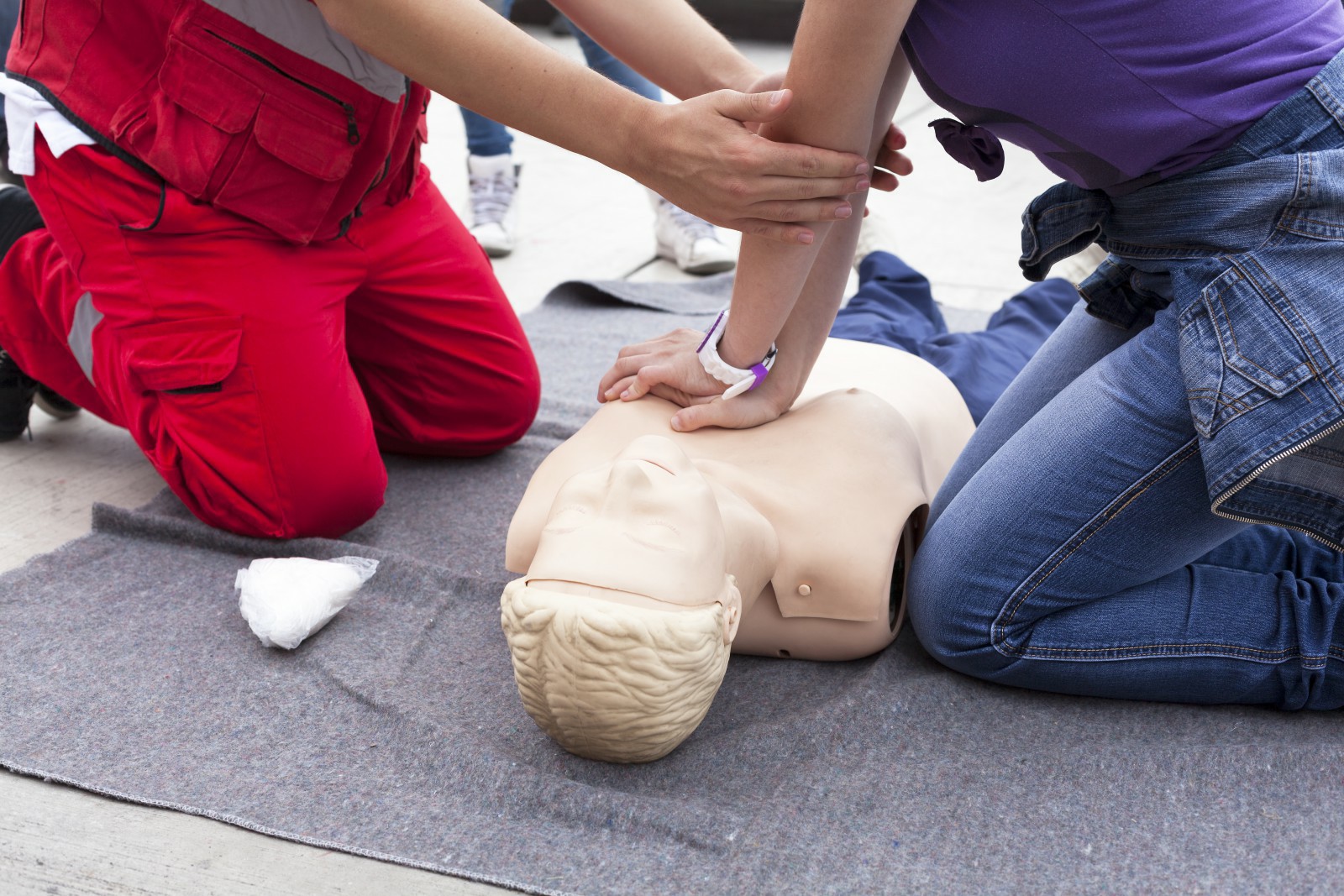


 349,500 Offered Certificates
349,500 Offered Certificates
 24/7 Online Training
24/7 Online Training
 Money Back Guarantee
Money Back Guarantee
 Fully Accredited Courses
Fully Accredited Courses

Created at: 25-02-2025 14:41
In today’s fast-paced work environment, ensuring the safety and well-being of employees is not just a legal obligation but a moral imperative. First Aid and CPR training stand as critical components in building a safety-conscious culture. This blog post delves into the significance of obtaining First Aid Certification and the myriad of benefits that come with it, focusing on how it enhances workplace safety, reduces emergency response times, and ensures compliance with vital health and safety regulations.
Emergencies can strike at any moment, and preparation is key. With First Aid Training, employees gain the confidence and skills necessary to respond effectively during health crises. Acquiring CPR Certification equips personnel with the essential techniques to help save lives in critical situations. Companies that invest in training their staff create environments where everyone feels secure, valued, and ready to act when emergencies arise.
CPR (Cardiopulmonary Resuscitation) is a lifesaving skill that should be second nature for all employees. Among the critical techniques covered in a CPR & First Aid Certification course are:
Compliance with workplace safety regulations is non-negotiable. Many countries mandate specific training for first aid responders, and failure to comply can result in serious penalties. By investing in Emergency First Aid Training, businesses not only adhere to the law but also create protocols that ensure a quick and effective response to emergencies. Learn more about training requirements for your workplace.
In emergencies, every second counts. Implementing clear workplace emergency procedures helps everyone know what to do in various situations:
Given the variety of First Aid Courses available, selecting the right one can be daunting. Factors to consider include:
The rise of online learning has transformed how we view training, including First Aid Certification Online. Here are some aspects to weigh:
Investing in First Aid and CPR training is one of the most proactive steps your business can undertake. Not only does it prepare your employees for emergencies, but it also enhances your company’s health and safety culture. Are you ready to empower your team and ensure their safety? Enroll in a certified First Aid & CPR training course today!
For more information, reach out to us at [email protected].